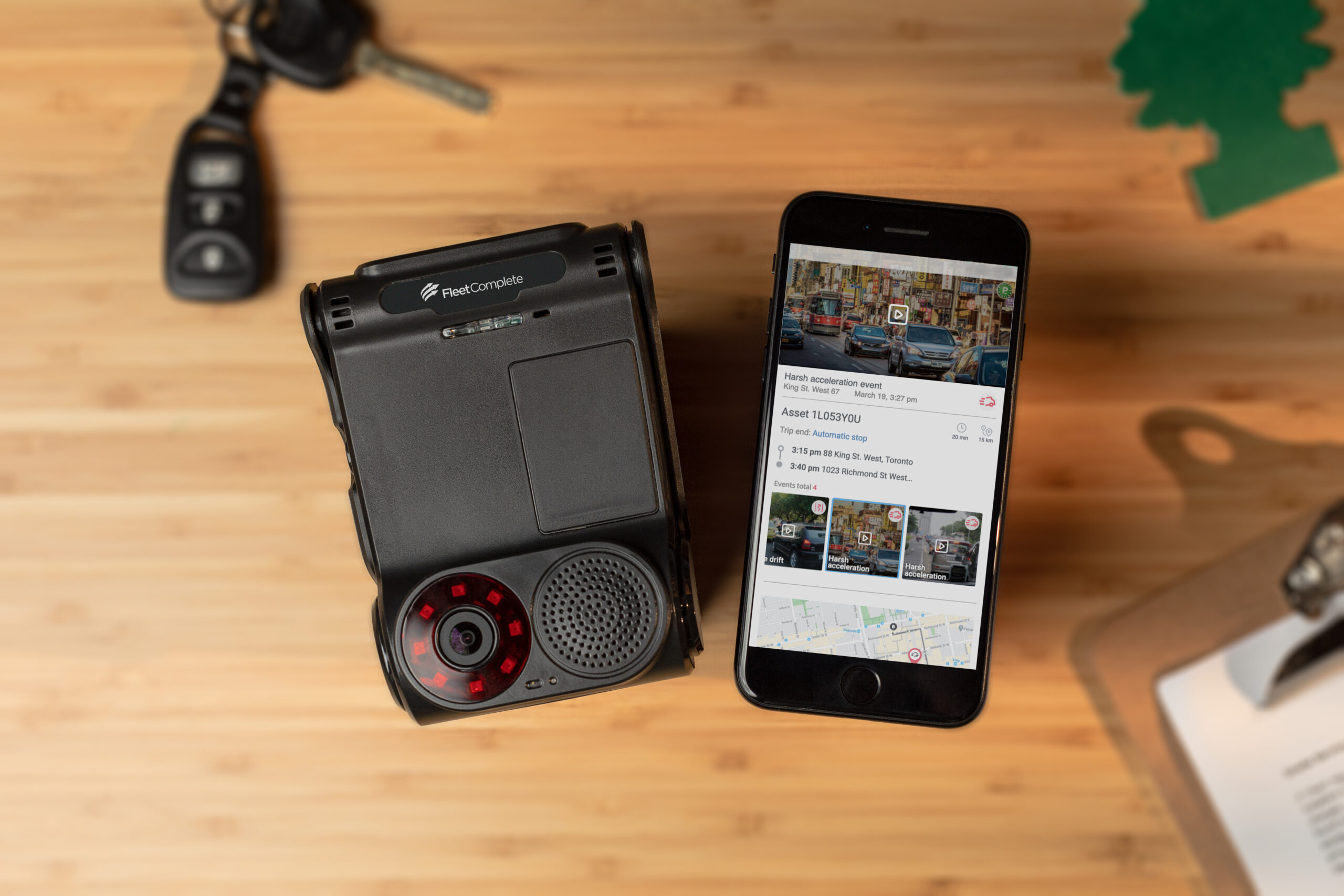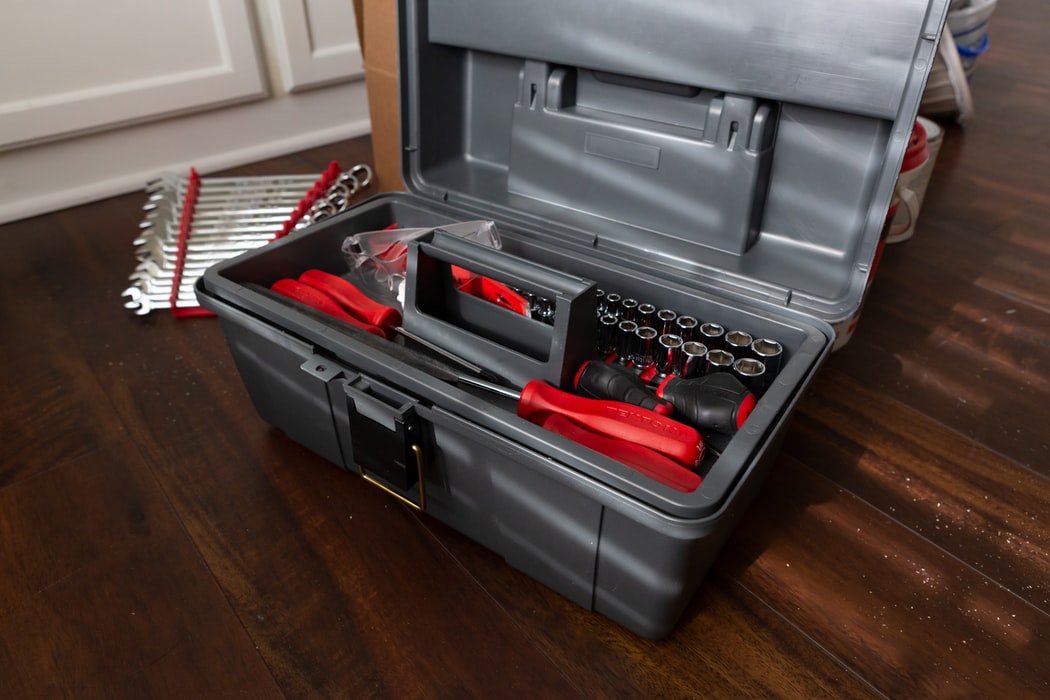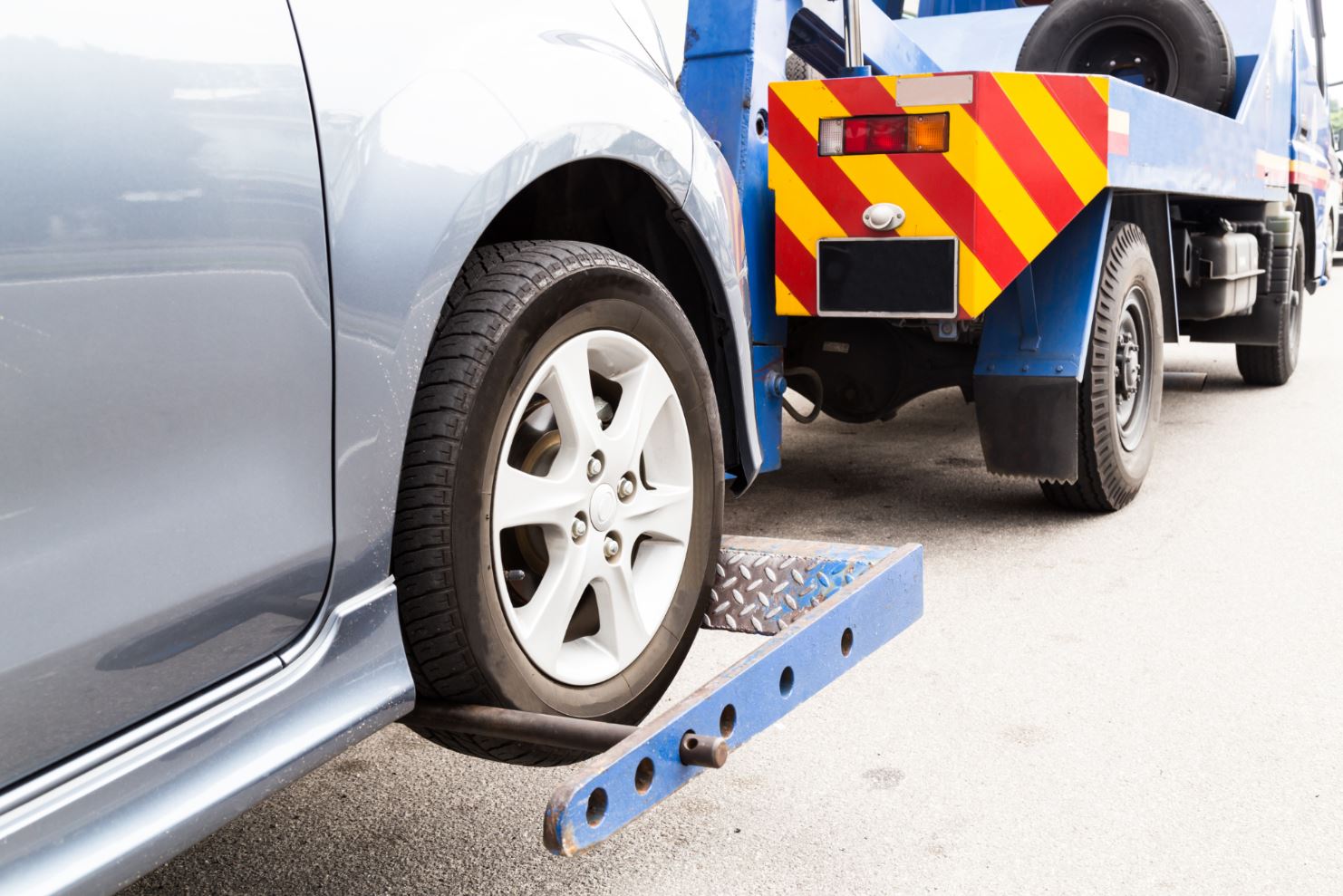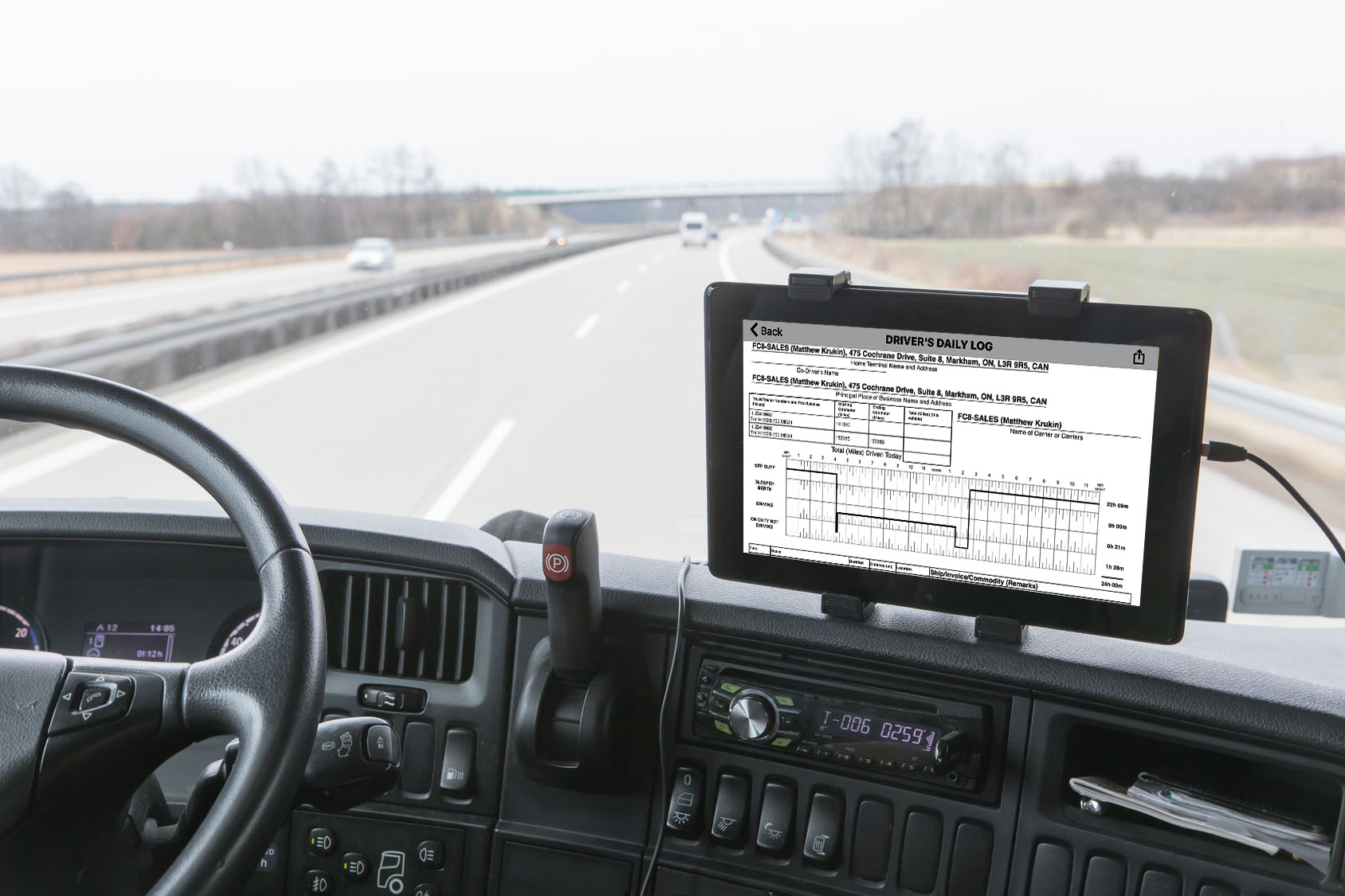Included in this blog are the ELD record keeping requirements under Part 395.
To begin, drivers may use a timecard exception if they are not required to keep records of duty status (RODS) or use ELDs. Additionally, these drivers are not required to use ELDs; however, they are still bound by the RODS requirements in 49 CFR 395 and must prepare logs on paper, or with a logging software program when required.
If a driver is not exempt from ELD, a driver must use a certified ELD device that will generate prescribed ‘‘ELD records’’ under Part 395.
The ELD device must capture all of the data elements that must be recorded by an ELD under the technical specifications in the Appendix to Subpart B of Part 395.26.
The term ‘‘ELD records’’ does not include information that an ELD is not required to record. This would include supporting documents, such as communication records that may be recorded through a Fleet Management System (FMS).
A motor carrier cannot retain or surrender an ELD record to a safety official that is deemed to be supporting documents if it is not recorded by the FMS.
The RODS must display the following data elements as described in the final ELD rulemaking:

The BigRoad HOS solution complies with these data requirements.
Drivers must also have an ELD information packet onboard the commercial motor vehicle (CMV) to be provided at roadside and must containing the following items:
- A user’s manual for the driver describing how to operate the ELD;
- An instruction sheet describing the data transfer mechanisms supported by the ELD and step-by-step instructions to produce and transfer the driver’s hours-of-service records to an authorized safety official;
- An instruction sheet for the driver describing ELD malfunction reporting requirements and recordkeeping procedures during ELD malfunctions; and
- A supply of blank driver’s records of duty status (RODS) graph-grids sufficient to record the driver’s duty status and other related information for a minimum of 8 days.
Motor carriers should also keep a copy of ELD information packet at their home terminal or principal place of business to provide to a Safety Official upon request.
Motor carriers and drivers must also retain RODS generated by the ELD and must comply with the supporting documents requirements for a period of six months.
 A back-up copy of ELD records must also be maintained on a device separate from that where original data are stored. Additionally, a motor carrier must retain a driver’s ELD records in a manner that protects driver privacy.
A back-up copy of ELD records must also be maintained on a device separate from that where original data are stored. Additionally, a motor carrier must retain a driver’s ELD records in a manner that protects driver privacy.
Both the driver and authorized carrier staff can make limited edits to an ELD record to correct mistakes or add missing information.
All edits must include a note (annotation) to explain the reason for the edit. In addition, the driver must confirm (certify) that any carrier edit is accurate and resubmit the records. If the driver chooses not to re-certify RODs, this must also be reflected in the ELD record that is kept by the motor carrier.
The ELD must keep the original, unedited record, along with the edits. For example a carrier who may edit a driver’s a RODS to switch a period of time from “off-duty” to “on-duty not driving”, with a note that explains “Driver logged training time incorrectly as off-duty”.
The edit and annotation must be sent to the driver to verify. The edit will not accepted until the driver confirms it and resubmits the RODS, which will again be kept by the motor carrier.
The ELD must also monitor its compliance with the ELD technical requirements and detect malfunctions and data inconsistencies related to power, data synchronization, missing data, timing, positioning, data recording, data transfer, and unidentified driver records requirements to the time period for which ELD records are required.
A motor carrier must either explain why the time is unassigned or assign the time to the appropriate driver.
The motor carrier must also retain any unidentified driving records for at least six months as a part of its hours of service (HOS) ELD records and make them available to authorized safety officials upon request.
Motor carriers must retain up to 8 supporting documents for every 24-hour period that a driver is on duty.
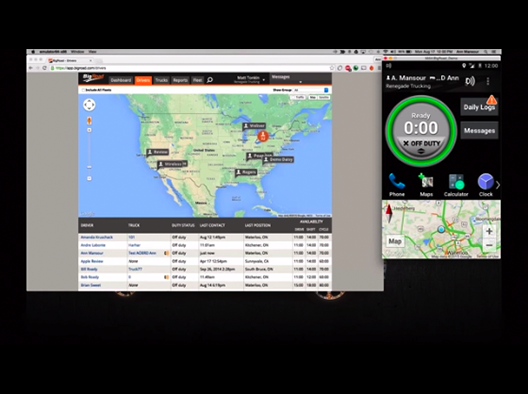 Drivers must submit their records of duty status (RODS) and supporting documents to the motor carrier no later than 13 days after receiving them.
Drivers must submit their records of duty status (RODS) and supporting documents to the motor carrier no later than 13 days after receiving them.
If a motor carrier retains more than 8 supporting documents, the motor carrier must maintain the first and last document generated during the regular course of business.
Supporting documents are required to be kept in the normal course of business in order to verify a driver’s records of duty status (RODS).
These supporting documents consist of 5 categories, as described in 49 CFR 395.11(c):
- Bills of lading, itineraries, schedules, or equivalent documents that indicate the origin and destination of each trip;
- Dispatch records, trip records, or equivalent documents;
- Expense receipts related to any on-duty not-driving time;
- Electronic mobile communication records, reflecting communications transmitted through the FMS; and
- Payroll records, settlement sheets, or equivalent documents that indicate what and how a driver was and how a driver was paid.
If a driver keeps paper RODS under 49 CFR 395.8(a)(1)(iii), the motor carrier must also retain toll receipts.
For drivers using paper RODS, toll receipts do not count toward the 8-document cap.
There are 2 specific categories of supporting documents that a driver would not have to physically retain. They are electronic mobile communications and payroll records.
These 2 specific categories of supporting documents may be part of a larger record that the carrier retains electronically or physically at the dispatch location or principal place of business.
In applying the 8-supporting document limit, all information in an electronic mobile communication record will be counted as one document per duty day.
Supporting documents are not limited to only those acquired at the beginning and end of the workday. Documents acquired throughout the day are also important in ensuring hours of service compliance.
Supporting documents must contain the following elements:
- Driver name or carrier-assigned identification number, either on the document or on another document enabling the carrier to link the document to the driver. The vehicle unit number can also be used if it can be linked to the driver;
- Date;
- Location (including name of nearest city, town, or village); and
- Time.
If a driver has fewer than 8 supporting documents that include all 4 elements described above, a supporting document that contains all of the elements except “time” is also considered a supporting document.
If a driver submits more than 8 supporting documents, the motor carrier must retain the first and last supporting documents for that day and 6 other supporting documents.
If a driver submits fewer than 8 supporting documents, the motor carrier must keep each supporting document.
Upon request, a driver must provide any supporting document in the driver’s possession for an authorized safety official’s review.














